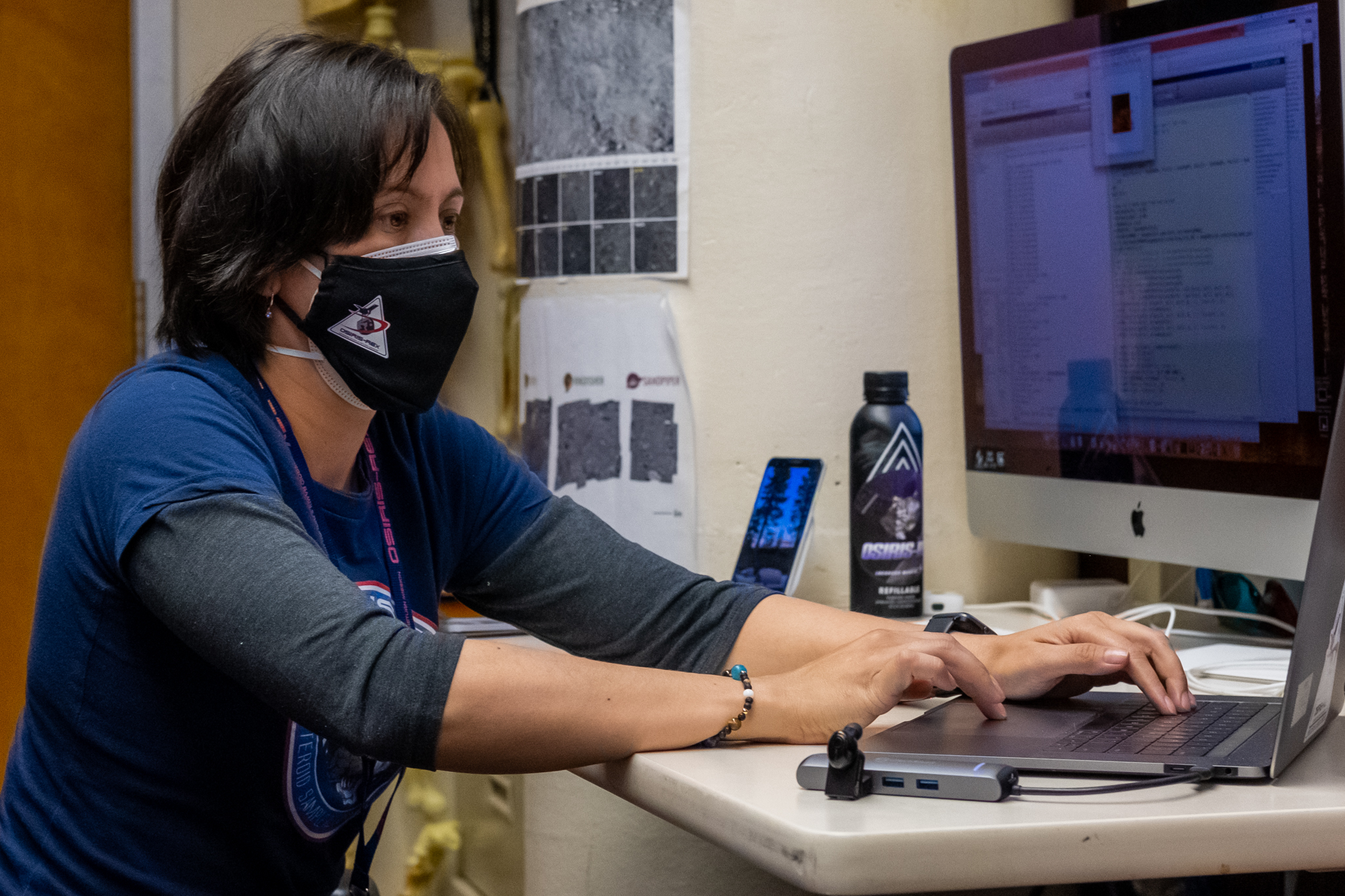NASA's OSIRIS-REx spacecraft begins its farewell tour of near-Earth asteroid Bennu
On Wednesday (April 7), the spacecraft ended its final closeup flyby of the asteroid.

A spacecraft carrying pristine asteroid samples and 4,000 megabytes of data is about to fly home from the asteroid Bennu.
The spacecraft, NASA's Origins Spectral Interpretation Resource Identification Security - Regolith Explorer, or OSIRIS-REx, hasn't departed the asteroid just yet. But the craft is beginning its farewell tour, which will bring the spacecraft on a journey back to Earth. The OSIRIS-REx mission will hang out around the 1,640-foot-wide (500 meters) Bennu until May 10, 2021 before traveling roughly 185 million miles (298 million kilometers) back towards Earth and deliver its asteroid sample to scientists on Sept. 24, 2023.
During its most recent and final up-close approach of Bennu, OSIRIS-REx imaged the asteroid for 5.9 hours, which is more than one full rotation of the asteroid. The spacecraft flew within 2.1 miles (3.5 kilometers) of Bennu's surface, according to a recent statement from NASA. This was the closest OSIRIS-REx had been since sample collection, and the flyby maneuver ended around 6 a.m. EDT (10 a.m. GMT) on April 7.
Related: NASA spacecraft makes historic attempt to snag samples of asteroid Bennu
The pebbles and bits that OSIRIS-REx collected on Bennu during its touchdown on the asteroid's surface in October 2020 will help scientists learn about the asteroid's composition, but the effect that the retrieval had to Bennu's surface — which involved touching down onto the rock for seconds and blowing nitrogen gas onto the asteroid's surface to kick up material — may itself be helpful to scientists, too. OSRIS-REx's recent final flyby of Bennu will help the team learn how the spacecraft changed the surface of Bennu when it collected the samples.

"By surveying the distribution of the excavated material around the... site, we will learn more about the nature of the surface and subsurface materials along with the mechanical properties of the asteroid," Dr. Dante Lauretta, principal investigator for OSIRIS-REx at the University of Arizona, said in the NASA statement.
It will take at least until April 13 for the spacecraft's data and pictures from this final flyby to reach the mission team, according to NASA. Bennu's distance from Earth, coupled with the need to share the Deep Space Network antennas with other space missions like Voyager and Perseverance, means that OSIRIS-REx will take several days to download all the flyby data.
Get the Space.com Newsletter
Breaking space news, the latest updates on rocket launches, skywatching events and more!
Follow Doris Elin Urrutia on Twitter @salazar_elin. Follow us on Twitter @Spacedotcom and on Facebook.
Join our Space Forums to keep talking space on the latest missions, night sky and more! And if you have a news tip, correction or comment, let us know at: community@space.com.

Doris is a science journalist and Space.com contributor. She received a B.A. in Sociology and Communications at Fordham University in New York City. Her first work was published in collaboration with London Mining Network, where her love of science writing was born. Her passion for astronomy started as a kid when she helped her sister build a model solar system in the Bronx. She got her first shot at astronomy writing as a Space.com editorial intern and continues to write about all things cosmic for the website. Doris has also written about microscopic plant life for Scientific American’s website and about whale calls for their print magazine. She has also written about ancient humans for Inverse, with stories ranging from how to recreate Pompeii’s cuisine to how to map the Polynesian expansion through genomics. She currently shares her home with two rabbits. Follow her on twitter at @salazar_elin.









